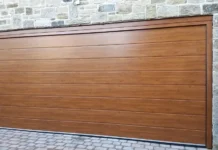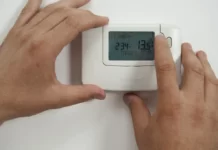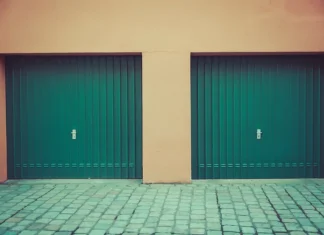A fresh coat of paint can work wonders for your home’s exterior, instantly boosting curb appeal and protecting your investment. However, the process of exterior painting involves more than just picking a color and slapping it on the walls. It requires careful planning, preparation, and execution to achieve a stunning and long-lasting transformation. In this article, we will provide a comprehensive guide to exterior home painting, covering essential steps and valuable tips to help you navigate the process with confidence.
Important Tips for Home Painting
1. Choosing the Right Paint and Color
Selecting the appropriate paint and color is crucial for a successful exterior painting project. Here are some factors to consider when making your decision:
- Quality: Invest in high-quality paint that is specifically designed for exterior use. Premium paints offer better adhesion, durability, and resistance to fading, chipping, and peeling.
- Finish: Exterior paints come in various finishes, such as flat, satin, and semi-gloss. Consider your home’s architectural style and personal preference when selecting a finish.
- Color: Choose a color that complements your home’s existing features, such as the roof, trim, and landscaping. Take into account local regulations and neighborhood aesthetics to ensure your choice is harmonious with the surrounding environment.
2. Preparing the Surface
Proper surface preparation is critical for achieving a smooth, even finish and ensuring the paint adheres correctly. Follow these steps for thorough surface preparation:
- Cleaning: Use a pressure washer or garden hose with a spray nozzle to remove dirt, debris, and mildew from your home’s exterior. Allow the surface to dry completely before proceeding.
- Repairing: Inspect the surface for any damage, such as cracks, holes, or peeling paint. Patch and repair these areas using appropriate materials, such as caulk or wood filler.
- Sanding: Lightly sand the surface to remove any loose paint and create a smooth, even surface for the new paint to adhere to.
- Priming: Apply a high-quality primer to bare wood or areas with significant repairs to ensure proper adhesion and coverage of the topcoat.
3. Selecting the Right Tools and Equipment
Having the right tools and equipment is essential for an efficient and professional-looking exterior painting job. Here are some items you may need:
- Brushes and rollers: Choose brushes and rollers designed for exterior use and suited to your chosen paint type (latex or oil-based).
- Extension poles: Invest in adjustable extension poles to help you reach higher areas without the need for ladders.
- Ladders and scaffolding: Use sturdy ladders and scaffolding to access hard-to-reach areas safely and comfortably.
- Drop cloths and masking materials: Protect your landscaping, windows, and other features with drop cloths, painter’s tape, and plastic sheeting.
If you’re not able to secure these tools and equipment, worry no more! With Groovy Hues, you’re guaranteed a stunning transformation with their professional work!
4. Applying the Paint
Once the surface is prepared, and your tools are ready, it’s time to start painting. Follow these tips for a smooth and even application:
- Weather conditions: Choose a day with mild temperatures and low humidity to ensure optimal drying and curing of the paint.
- Painting technique: Use a combination of brush and roller techniques to apply the paint evenly and efficiently. Start by cutting in around edges and trim with a brush, then use a roller to cover larger areas.
- Order of painting: Begin by painting the siding or main body of the house, followed by trim, doors, and windows. This helps to create clean lines and minimize the risk of smudging or overlapping paint.
5. Maintenance and Protection
After your exterior painting project is complete, it’s essential to maintain and protect your investment. Follow these tips to keep your home looking fresh and vibrant:
- Regular cleaning: Gently wash your home’s exterior at least once a year to remove dirt and debris that can contribute to paint deterioration.
- Prompt repairs: Address any damage, such as cracks or peeling paint, as soon as possible to prevent further issues and maintain your home’s appearance.
- Protective measures: Trim back trees and shrubs that come into contact with your home’s exterior to prevent moisture buildup and potential damage to the paint.
Conclusion
Exterior home painting is a significant undertaking that requires careful planning, preparation, and attention to detail. By choosing the right paint and color, preparing the surface, selecting the appropriate tools, applying the paint with the proper technique, and maintaining your investment, you can achieve a stunning transformation that enhances your home’s curb appeal and protects it for years to come. With patience, persistence, and a commitment to quality, you can turn your exterior painting project into a rewarding and enjoyable experience that adds value and beauty to your home.












